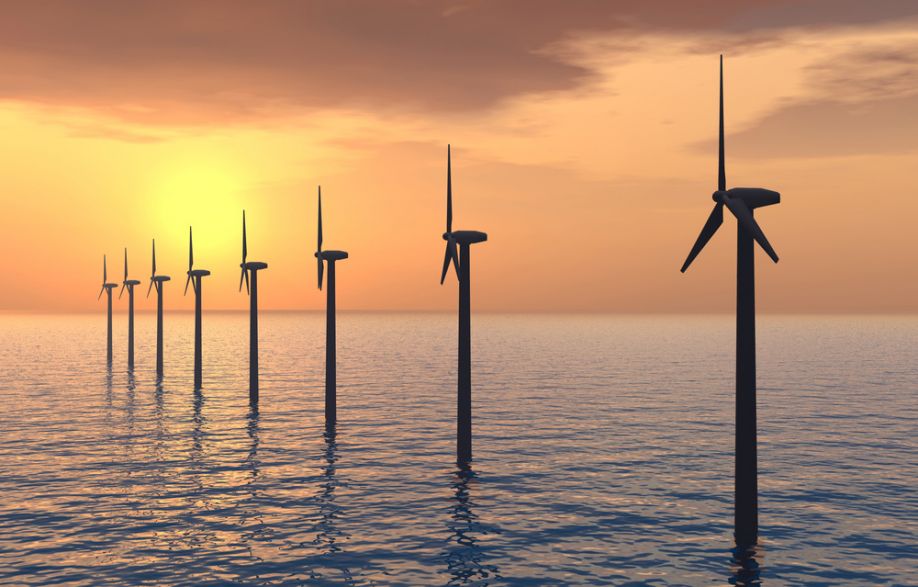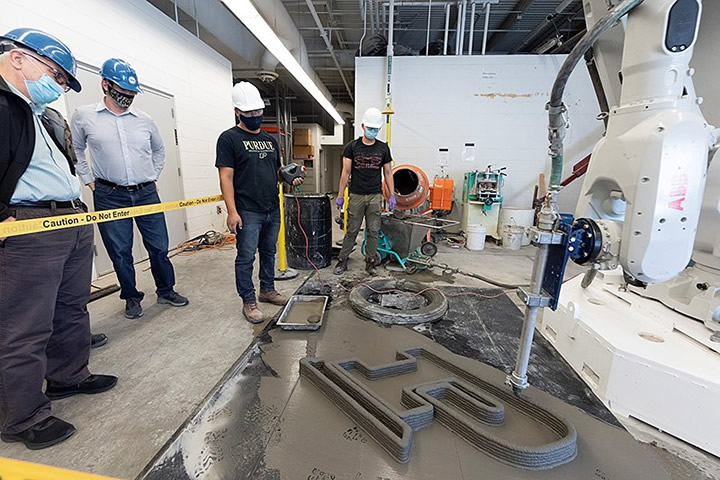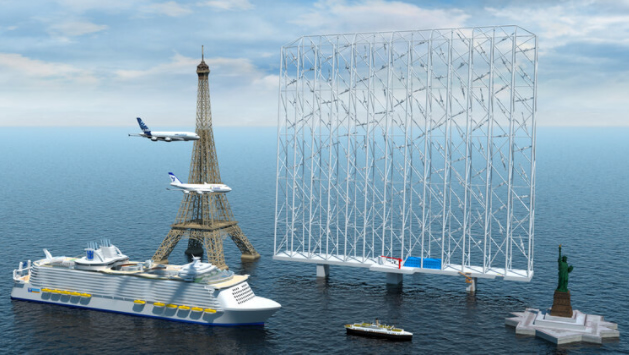Preparing for change - Resistors help to get the most out of wind power
Offshore farms are much further from the grid than their onshore counterparts, meaning there are less readily available connection points to distribute power to the transmission network.
AI to enable autonomous underwater robots to perform precision offshore wind farm repairs
The project's technological advancements could dramatically reduce the need for large maintenance vessels in offshore wind farm operations, supporting a shift towards fully remote operations.
World's first in-situ major component exchange on floating wind turbine successfully completed
Applying this groundbreaking new process has eliminated the need for tow-to-port operations, which has previously been the only way to perform MCEs at floating offshore wind farms.
Setting Sail or Stalling? The Challenge of UK's Offshore Wind Ambitions
Thanks to recent successes in the United Kingdom's offshore wind energy, the region is gaining momentum that could contribute to broader sustainability goals. However, the situation is less straightforward than it might seem.
Avangrid Receives Full Federal Approval for Construction of New England Wind Offshore Projects
The New England Wind 1 and New England Wind 2 projects have the potential to create thousands of jobs and provide enough clean, reliable energy to power nearly 1 million homes and businesses in the region.
NREL Analysis Identifies Drivers of Offshore Wind Development
As much as 20% of regional power needs along the Atlantic coast could be served by offshore wind farms by 2050, according to researchers with the U.S. Department of Energy's National Renewable Energy Laboratory (NREL)
Offshore Wind Industry Poised for Growth, but Economic Pressures and Tech Innovation Need to Be Managed
Speed of build-out is creating pressure on materials and supply chains, port infrastructure, and available construction and maintenance vessels. Bigger turbines and new technology drive bigger exposures for insurers which need to be understood in partnership with developers.
Can We Use Underwater Battery Storage for Offshore Wind Farms?
Wind power decreases global carbon dioxide emissions by about 1.1 billion tons annually and is gaining popularity as an energy source. As many countries ramp up their offshore wind production, there is a mounting need for durable underwater batteries.
Drive-drill-drive Technique For Pile Installation
The globalisation of offshore wind means that regions including the US and Asia are seeing a rapid take-off of infrastructure installation, with government goals to deploy a set number of gigawatts (GW) within a given timeframe.
Assembling the world's largest floating offshore wind farm
Floating offshore wind will be key to delivering cost-effective renewable energy to consumers. Equinor is leading the way in developing this technology with Hywind Tampen, the largest floating wind farm to date.
Offshore Wind Farms Could Interfere With Radars
Environmentalists and marine professionals recognize a significant limitation with offshore wind farm expansions. Namely, ships are experiencing more frequent collisions. Wind farms are interfering with vessels' radar systems and creating safety challenges.
Purdue researchers test 3D concrete printing system as part of NSF-funded project
Transitioning to clean wind energy could become more cost-efficient as Purdue University researchers test a new technology created by an international startup to anchor offshore wind turbines.
Wind Catching Systems launches floating offshore wind technology
The technology increases efficiency, cuts acreage use by 80% and reduces production costs, which will enable floating offshore wind to produce electricity at bottom fixed prices.
Latest Technical Breakthroughs in Wind Energy
This paper will review recent advancements in wind energy over the last two to three years, with specific focuses on improving wind energy harvesting, offshore wind turbine foundation designs, and decreasing turbine fatigue.
Partnerships Amplify Velocity of Offshore Wind Innovation
The U.S. Department of Energy and the White House have made offshore wind a centerpiece of plans to strengthen the nation's energy infrastructure, announcing a goal to deploy 30 gigawatts of offshore wind by 2030-a huge leap from the 42 megawatts currently in operation.
Records 1 to 15 of 115
Featured Product
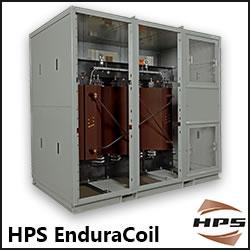
HPS EnduraCoilTM Cast Resin Medium Voltage Transformer
HPS EnduraCoil is a high-performance cast resin transformer designed for many demanding and diverse applications while minimizing both installation and maintenance costs. Coils are formed with mineral-filled epoxy, reinforced with fiberglass and cast to provide complete void-free resin impregnation throughout the entire insulation system. HPS EnduraCoil complies with the new NRCan 2019 and DOE 2016 efficiency regulations and is approved by both UL and CSA standards. It is also seismic qualified per IBC 2012/ASCE 7-10/CBC 2013. Cast resin transformers are self-extinguishing in the unlikely event of fire, environmentally friendly and offer greater resistance to short circuits. HPS also offers wide range of accessories for transformer protection and monitoring requirements.

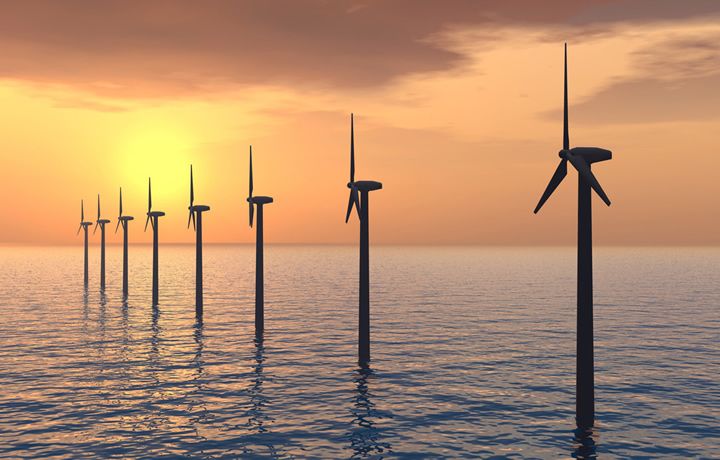
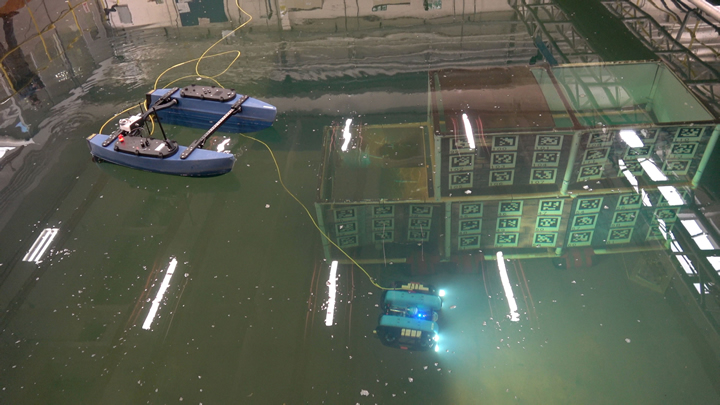
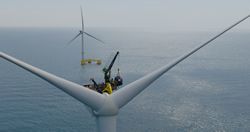
.jpg)
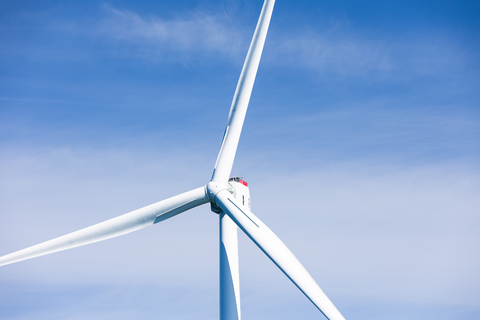
.jpg)
.jpg)
.jpg)


